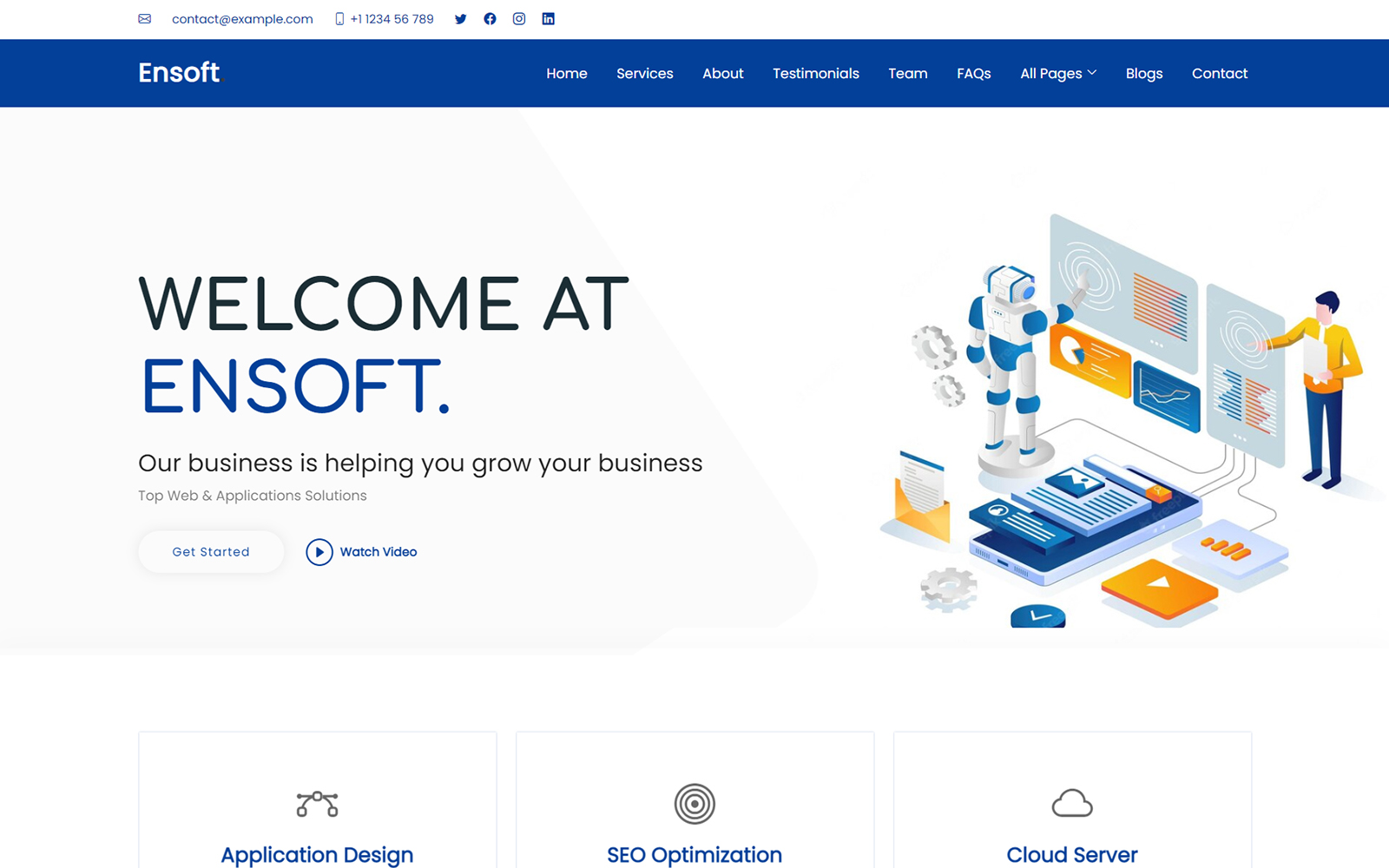If you’re running a blog, news site, or any content-based website in 2025, Google AdSense is one of the easiest and most reliable ways to start earning passive income. It’s trusted by millions of publishers worldwide, including small businesses and solo creators in the United States. This step-by-step guide will show you how to set up Google AdSense from scratch, get approved quickly, and optimize your earnings.
Monetize Your Website with Google AdSense
What Is Google AdSense?
Google AdSense is a free program that allows website owners to earn money by displaying ads on their site. These ads are managed by Google and tailored to your visitors based on their browsing behavior and content interest. When users view or click on these ads, you earn revenue.
Step 1: Make Sure Your Website Meets AdSense Requirements
Before applying, your website must meet the basic eligibility criteria:
- It should have original, high-quality content
- It must be active and at least 30 days old
- It should comply with AdSense policies (no adult, copyrighted, or misleading content)
- You need a privacy policy, terms and conditions page, and an about/contact page
- The site should have a clean, responsive design with easy navigation
Step 2: Create a Google AdSense Account
Go to https://www.google.com/adsense and sign up with your Google account. Provide the following:
- Your website URL
- Your preferred language
- Payment details (you can enter these after approval)
Once submitted, Google will review your website. The process can take anywhere from a few hours to a few days.
Step 3: Add the AdSense Code to Your Website
Once your site is approved, you’ll be given a unique ad code snippet. You must place this code between the <head> tags of your website’s HTML or in your site’s settings panel if you’re using WordPress or another CMS. This code allows Google to verify your site and start serving ads.
Step 4: Create and Place Ad Units
In your AdSense dashboard, you can choose between different ad formats:
- Display ads: rectangular or square banners for sidebars and within content
- In-feed ads: blend seamlessly into lists like product pages or blog archives
- In-article ads: appear between paragraphs in blog content
- Auto ads: Google automatically places ads where it expects the best results
You can manually place ads or let Auto ads handle everything. If you want more control, use manual placement for specific locations like headers, footers, and above-the-fold sections.
Step 5: Verify Site Ownership and Traffic
For continued earnings, make sure you:
- Verify your site in Search Console
- Keep traffic organic and legitimate (no paid traffic or fake clicks)
- Monitor policy violations via the AdSense dashboard
Google may disable ads on your site if it detects invalid traffic or content violations.
Step 6: Optimize for Higher Revenue
To maximize your AdSense earnings:
- Focus on high-traffic pages and insert ads in visible positions
- Create content around high CPC keywords (especially in tech, finance, or health)
- Use responsive ad units to target desktop and mobile users
- Improve your site speed and Core Web Vitals for better engagement
- Use analytics to track which pages or ad formats perform best
Step 7: Get Paid
Google pays AdSense earnings monthly. To receive payments, you must:
- Accumulate at least $100 in your AdSense balance
- Verify your address with a PIN Google sends by mail
- Provide accurate tax information (especially important for US-based publishers)
- Link a valid bank account for direct deposit
Final Thoughts
Google AdSense remains one of the most straightforward ways to monetize your content-based website in 2025. While it’s not instant wealth, with the right strategy, content quality, and ad placement, AdSense can become a reliable stream of passive income.







